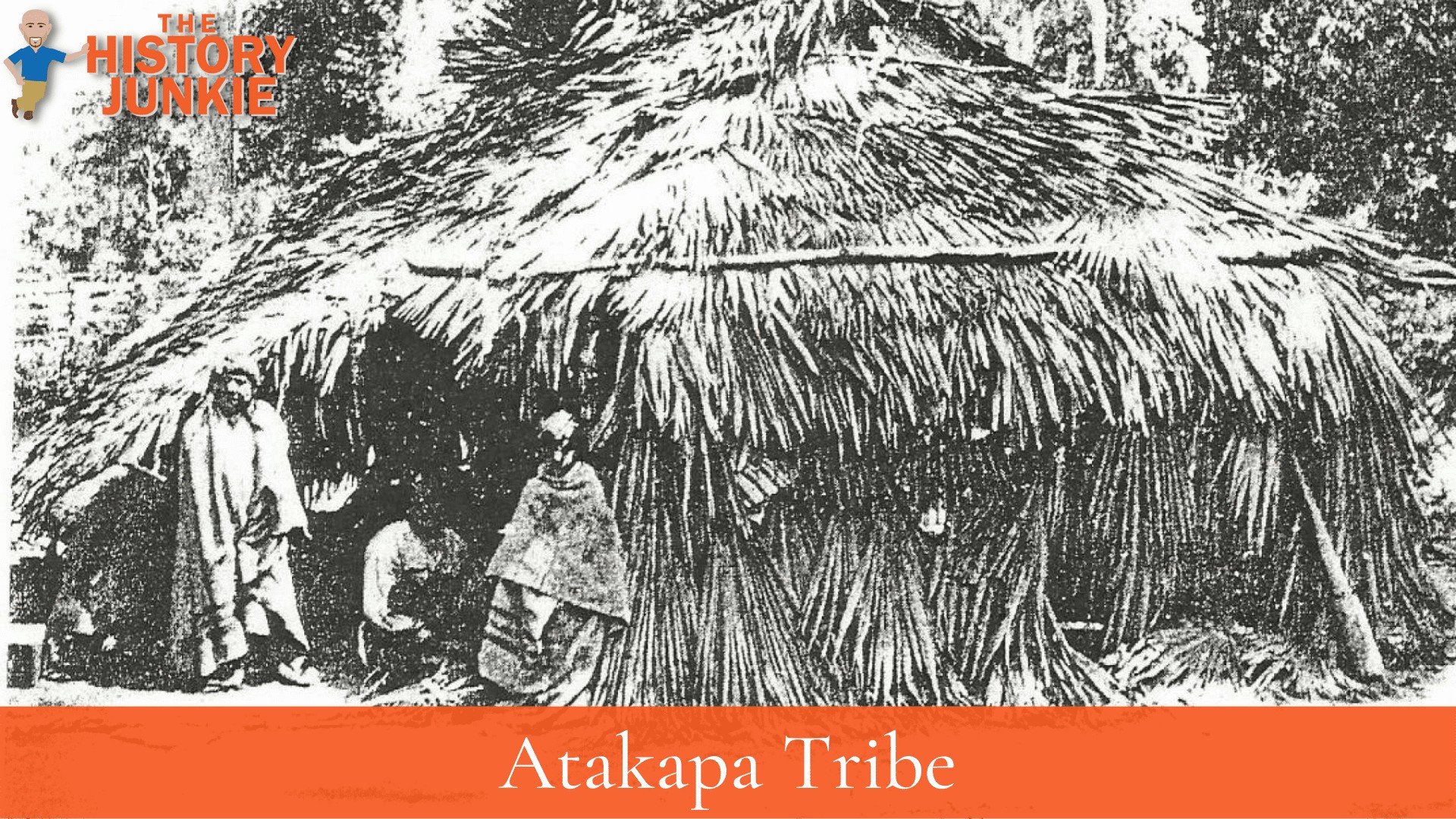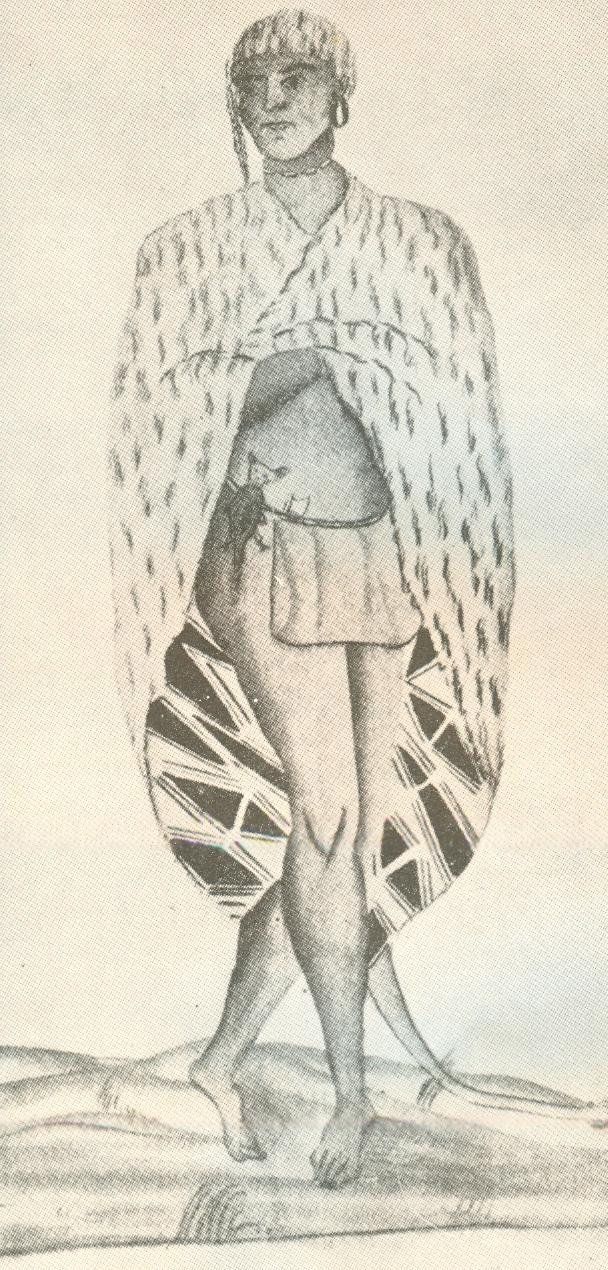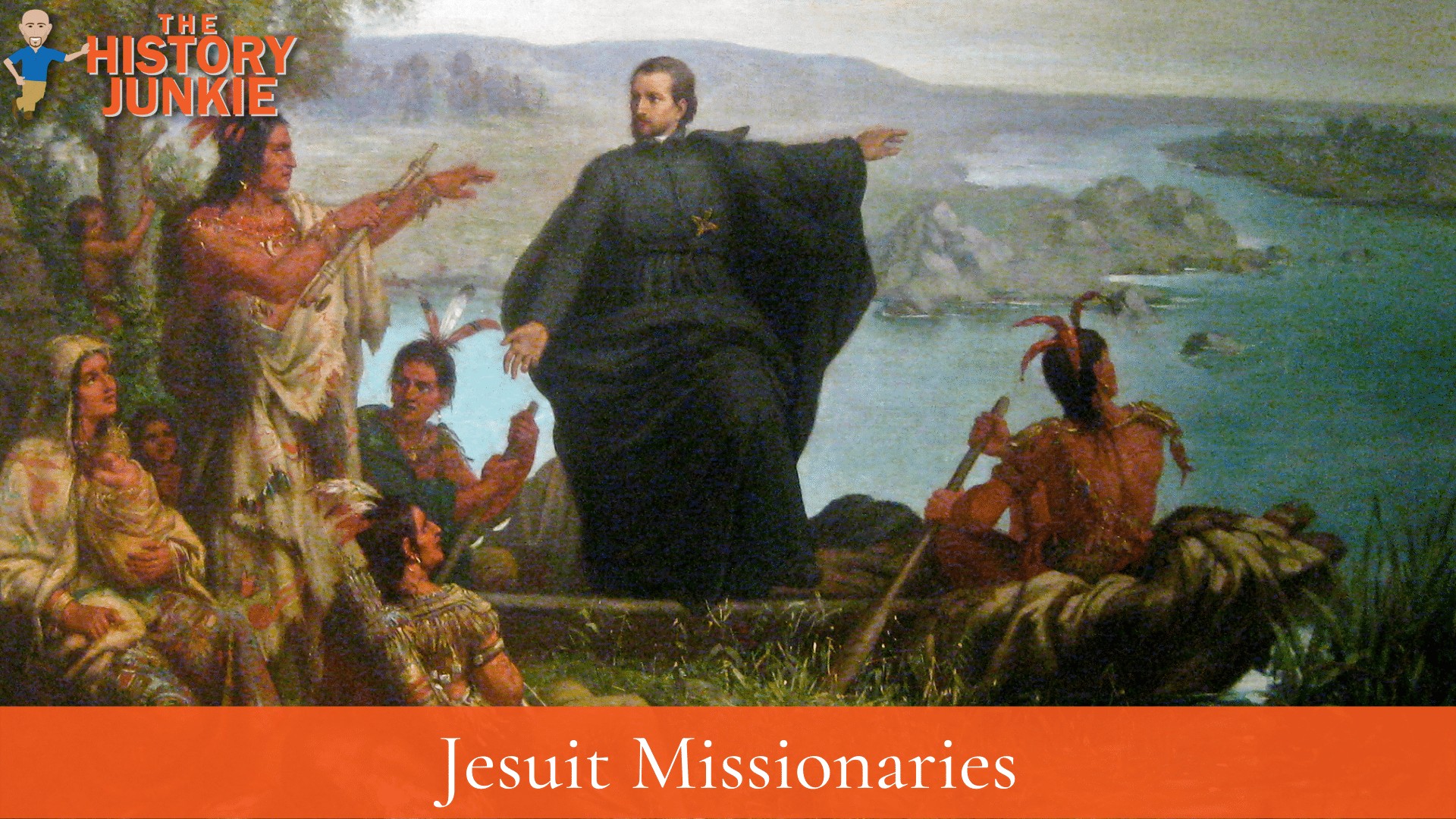The Atakapa Tribe was a tribe located near the Gulf of Mexico. The famous explorers and Spanish Conquistadors from Europe adopted the pronunciation of their name from the nearby Choctaw tribe.

The Atakapa people were numerous, and their formation was somewhat different from other Native Americans.
Jump to:
#1. There Were Two Separate Bands

The Atakapa tribe can be separated into two different bands, and each band has several different groups.
The Eastern Atakapa were as follows:
The Ciwāt or Alligator Band lived along the Vermilion River and near Vermilion Bay in southwestern Iberia Parish and southeastern Vermilion Parish in south central Louisiana.
The Otse, Teche Band, or Snake Band lived on the prairies and coastal marshes in the Mermentau River watershed, along the Bayou Nezpique, Bayou des Cannes, and Bayou Plaquemine Brule, containing the freshwater Grand and White lakes, and around St. Martinville on Bayou Teche in present-day St. Martin, Lafayette, St. Landry, St. Mary, Acadia and Evangeline parishes in southern Louisiana.
The Tsikip, Appalousa (Opelousa), Opelousas Band ("Blackleg"), or Heron Band painted their lower legs and feet black during mourning ceremonies, mimicking the long black legs of the heron. Before European contact in the 18th century, they lived between the Atchafalaya River and the Sabine River to the west of the lower Mississippi River.
The Western Atakapa where as follows:
Atakapa (proper) groups, divided into major regional bands:
- The Katkoc or Eagle Band (named after the eagles in the area) were also known as the Calcasieu Band because they were living along the Calcasieu River between the Calcasieu Lake in southwest Louisiana and Sabine Lake on the Louisiana-Texas border.
- The Red Bird Band lived on the prairies and coastal areas of what is now Cameron Parish in South Western Louisiana; they were represented by the cardinal or red bird.
- The Niāl, or Panther Band, lived in the areas around the Sabine River of Southeast Texas; they took the panther as their totem.
The Akokisa, Arkokisa, or Orcoquiza ("river people"), the westernmost Atakapa tribe, lived in the mid-18th century in five villages along the lower course of the Trinity and San Jacinto rivers and the northern and eastern shores of Galveston Bay in present-day Texas.
The Quasmigdo, better known as Bidai (a Caddo language name meaning "brushwood"), was based around Bedias Creek, ranging from the Brazos River to the Neches River, Texas.
The Deadose, a band of Bidai that separated in the early 18th century, lived north of the other Bidai between the confluence of the Angelina River and Neches River and the upper end of Galveston Bay in east-central Texas.
The Patiri or Petaros lived north of the San Jacinto River valley between the Bidai to the north and the Akokisa in the south of Texas. This places them in the Piney Woods of East Texas, west of the Trinity River in the area between Houston and Huntsville.
The Tlacopsel, Acopsel, or Lacopspel it is believed that they lived in the same general area as the kindred Bidai and Deadose. The location of their settlements in southeast Texas is unknown. They are known only from Spanish documents of the eighteenth century when they were referred to for requesting missions from the Spanish in east central Texas.
#2. The Atakapa Tribe Were Cannibals
Cannibalism was more common than one may think in North America, although most of the Native Americans did not practice it.
The Atakapa tribe did consume human flesh, especially at large feasts. The Choctaw tribe called them Atakapa because it meant "man-eaters."
A French explorer, Francois Simars de Bellisle, lived among the Atakapa from 1719 to 1721. He described Atakapa feasts, including the consumption of human flesh, which he observed firsthand.
The practice of cannibalism likely had a religious, ritualistic basis.
French Jesuit missionaries encouraged them to stop this practice. It seemed as if they eventually did.

#3. A French Man Became One Band Chief.
A Jesuit missionary named Joseph became integrated with the Atakapa tribe, so much so that he became their chief. He was not the chief of all Atakapa but of a band.
A Frenchman named Louis LeClerc Milfort was exploring the area and came in contact with him. He had this to say of his account with the Atakapa and Joseph:
The forest we were then in was thick enough so that none of my men could be seen. I formed them into three detachments and arranged them in such a way as to surround these savages and to leave them no way of retreat except by the pond. I then made them all move forward, and I sent ahead a subordinate chief to ascertain what nation these savages belonged to and what would be their intentions toward us. We were soon assured that they were Atakapas, who, as soon as they saw us, far from seeking to defend themselves, made us signs of peace and friendship. There were one hundred and eighty [180] of them of both sexes, busy, as we suspected, smoke-drying meat. As soon as my three detachments had emerged from the forest, I saw one of these savages coming straight toward me: at first sight, I recognized that he did not belong to the Atakapas nation; he addressed me politely and in an easy manner, unusual among these savages. He offered food and drink for my warriors, which I accepted while expressing to him my gratitude. Meat was served to my entire detachment, and during the time of about six hours that I remained with this man, I learned that he was a European, that he had been a Jesuit, and that having gone into Mexico, these people had chosen him as their chief. He spoke French rather well. He told me that his name was Joseph; but I did not learn from what part of Europe he came.
He informed me that the name Atakapas, which means eaters of men, had been given to this nation by the Spaniards because every time they caught one of them, they would roast him alive, but that they did not eat them; that they acted in this way toward this nation to avenge their ancestors for the torture that they made them endure when they had come to take possession of Mexico; that if some Englishmen or Frenchmen happened to be lost in this bay region, the Atakapas welcomed them with kindness, would give them hospitality; and if they did not wish to remain with them they had them taken to the Akancas, from where they could easily go to New Orleans.
He told me: "You see here about one-half of the Atakapas Nation; the other half is farther on. We are in the habit of dividing ourselves into two or three groups in order to follow the buffalo, which in the spring go back into the west and, in autumn, come down into these parts; there are herds of these buffalo, which sometimes go as far as Missouri; we kill them with arrows; our young hunters are very skillful at this hunting. You understand, moreover, that these animals are in very great numbers and as tame as if they were raised on a farm; consequently, we are very careful never to frighten them. When they stay on a prairie or in a forest, we camp near them in order to accustom them to see us, and we follow all their wanderings so that they cannot get away from us. We use their meat for food and their skins for clothing. I have been living with these people for about eleven years; I am happy and satisfied here and have not the least desire to return to Europe. I have six children whom I love a great deal and with whom I want to end my days."
When my warriors were rested and refreshed, I took leave of Joseph and of the Atakapas while assuring them of my desire to be able to make some returns for their friendly welcome, and I resumed my Journey.
#4. Disease Annihilated The Tribe
The Atakapa tribe was once one of the most numerous Southeast tribes. However, smallpox decimated their population.
In 1781, when the Frenchman spoke to Joseph, the tribe had already felt the effects of contact with the Europeans. Within less than 70 years, the tribe was extinct.
The disease mostly destroyed them, but other factors were poverty and other tribes. Those remaining merged with other tribes or blended into society.
#5. The Atakapa Tribe Practiced Sun Worship
One of the last remaining elements of the Atakapa tribe is their religion. It is believed they practiced the same religion as many of their other Gulf Coast peers.
While it is clear that many converted to Christianity due to the Jesuit missionaries, many still maintained their worship of the sun.
Native Americans always tried to be one with and respect nature. They respected the animals they killed and the plants the earth produced.
